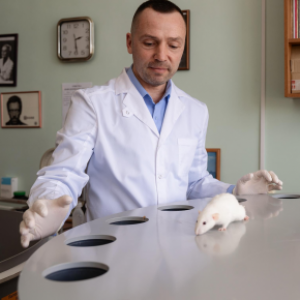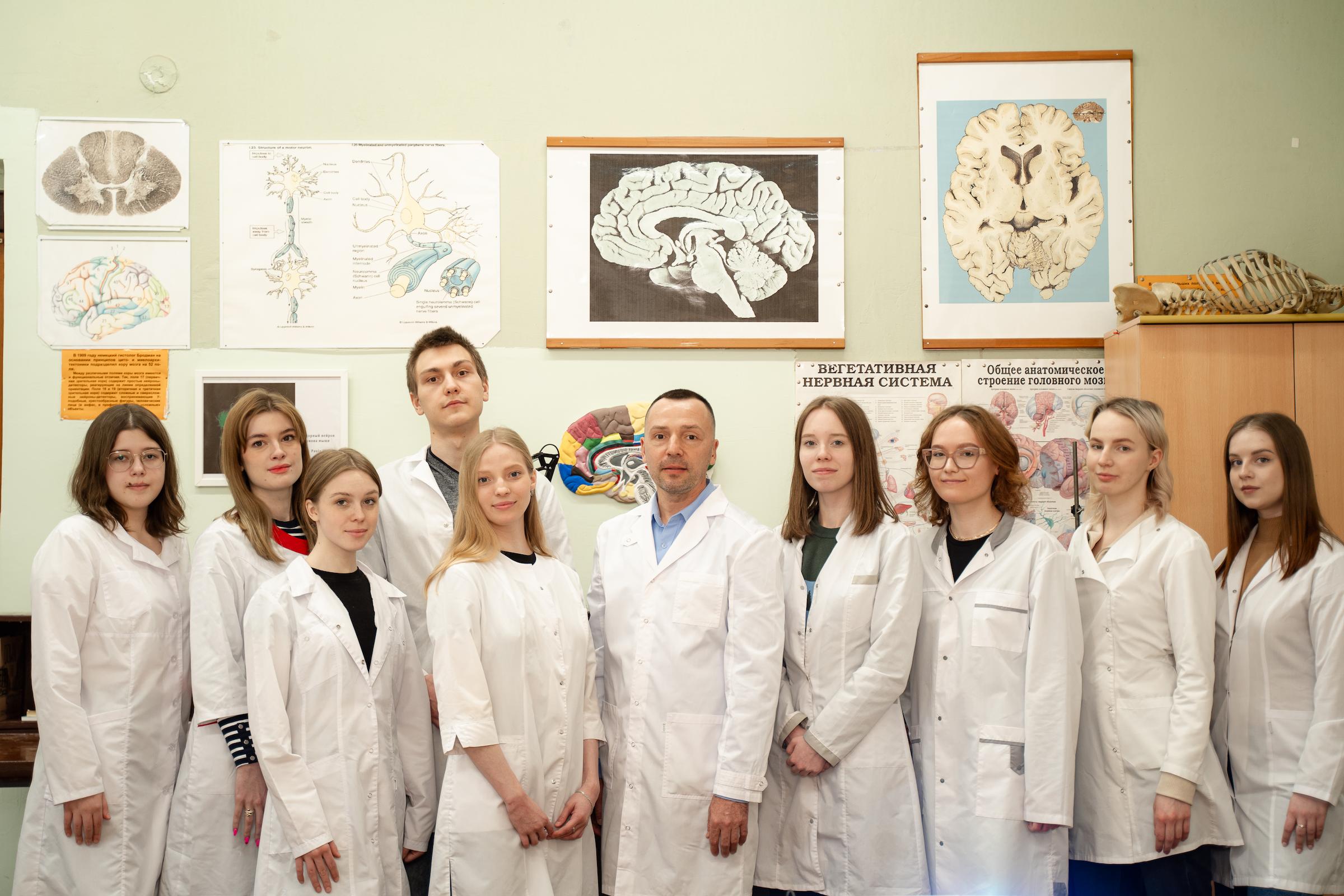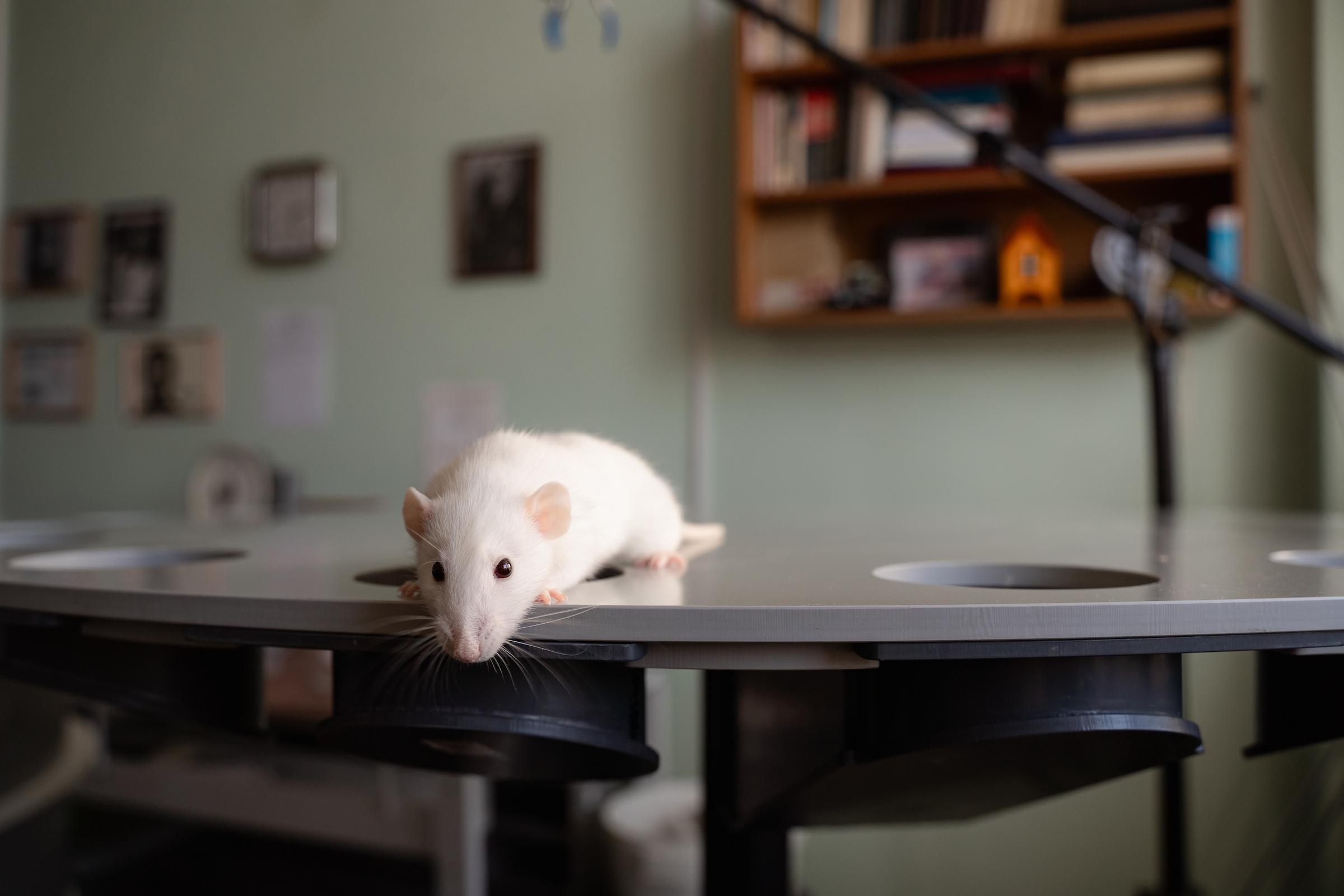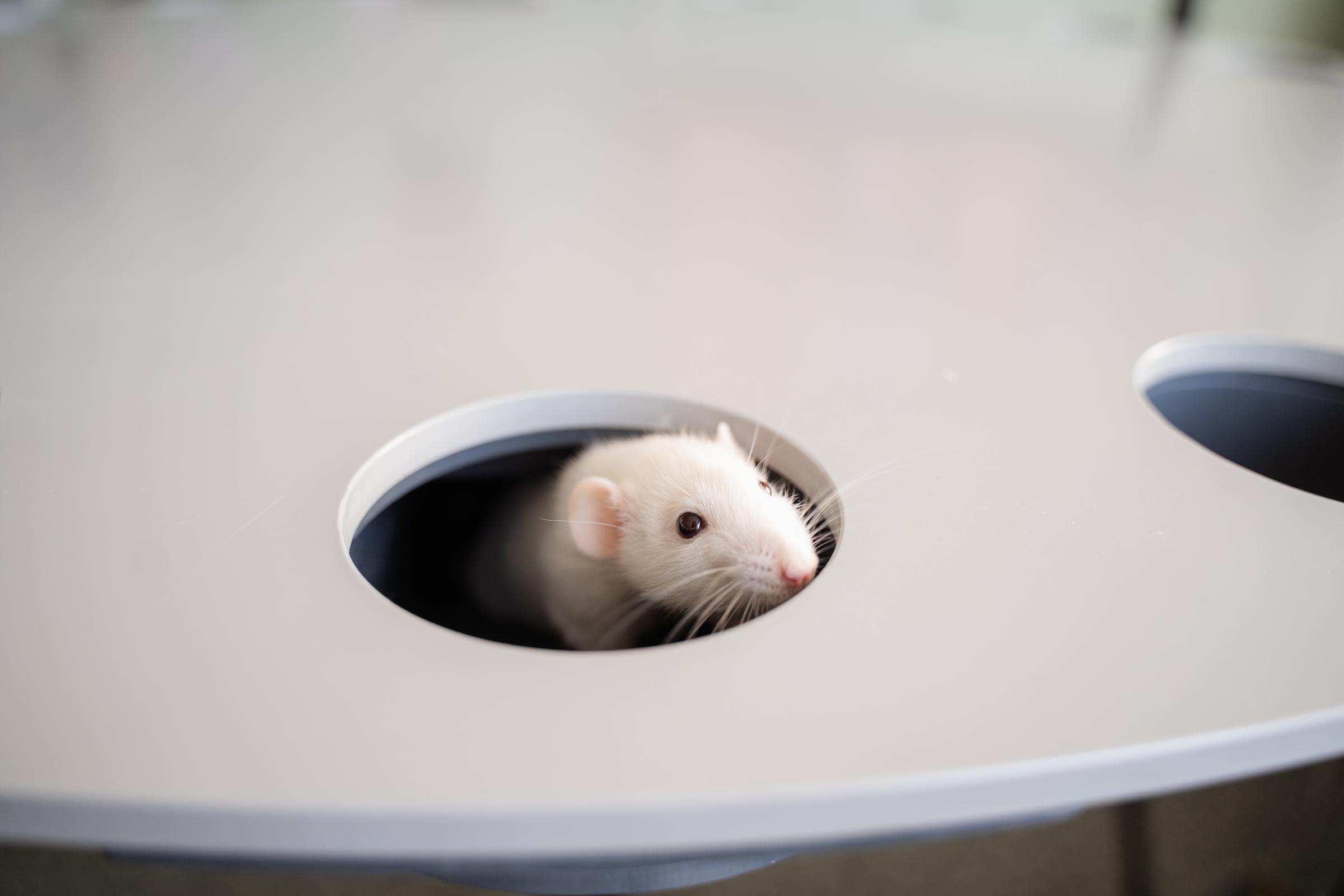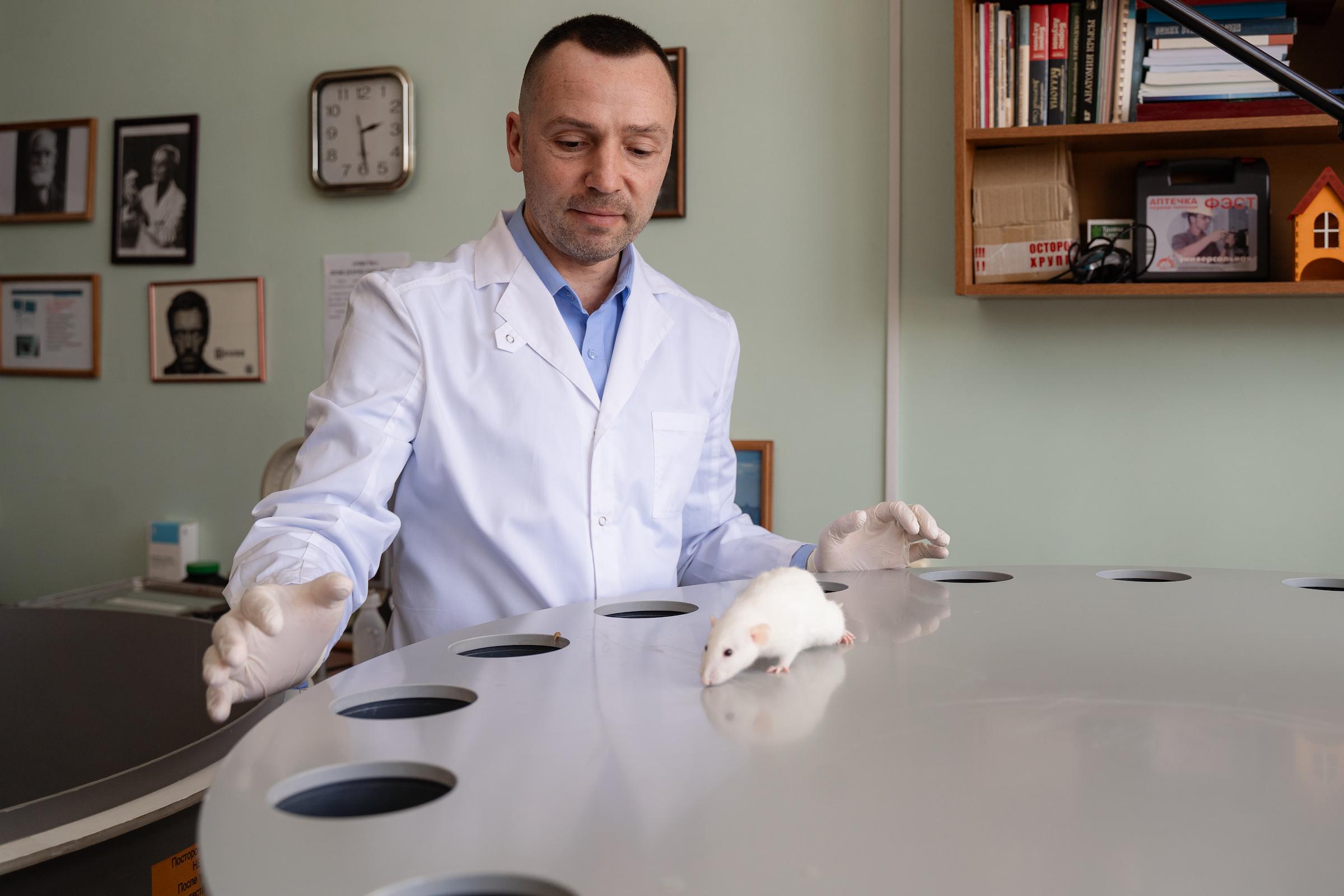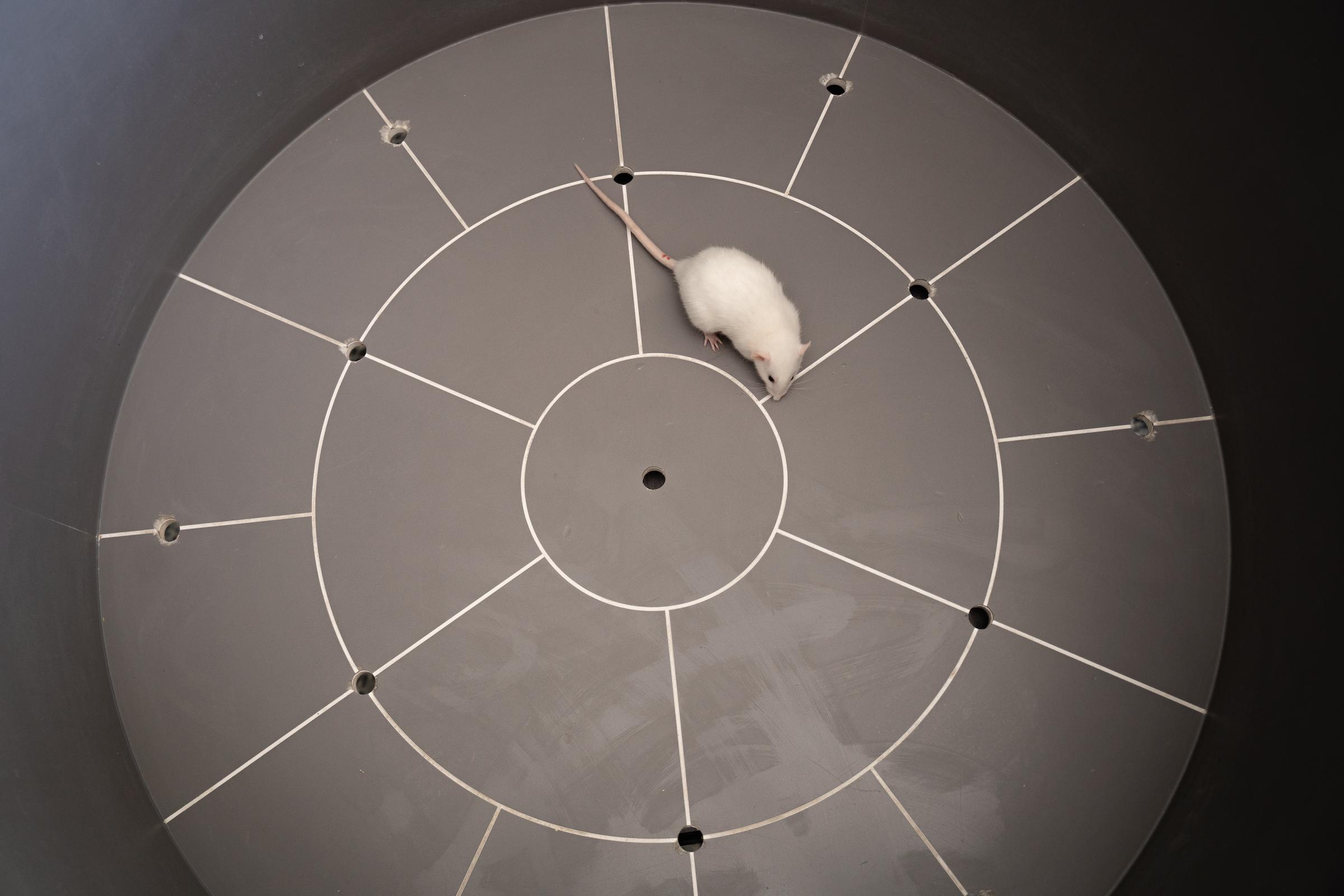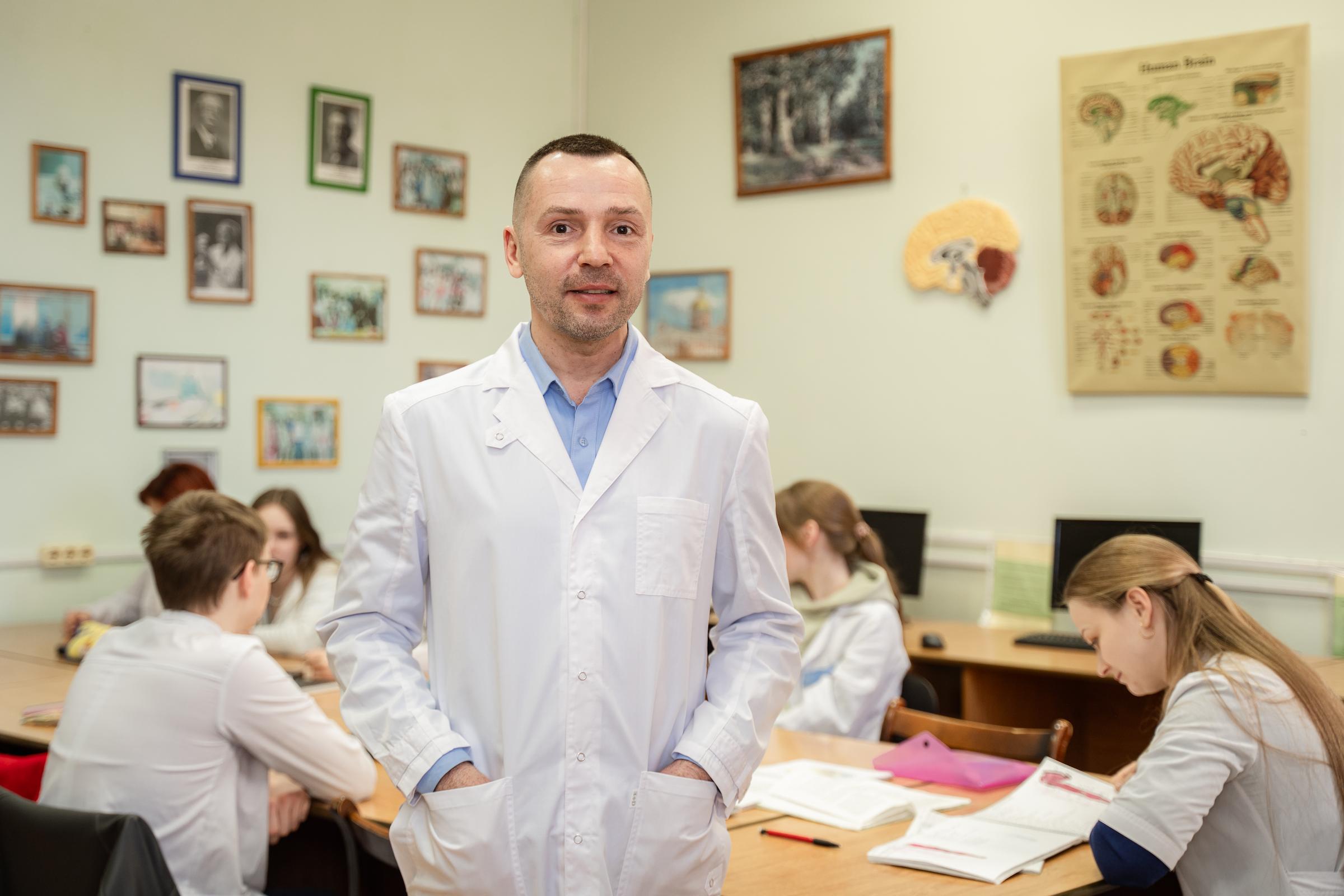As part of their experimental study, biologists from Samara University determined how rats’ behavioral reactions and cognitive (mental) abilities change after taking antibiotics. This study should expand scientific knowledge about ways of interconnecting the brain and the microbiota – the intestinal microflora of animals and humans, which, as a rule, is seriously affected during antibiotic therapy.
Bacteria living in the intestine secrete special biologically active substances that affect the state of the brain and nervous system. When bacteria die from antibiotics, these substances stop forming and their beneficial regulating effect on the brain ceases, which affects a living being’s behavior and mood and, perhaps, leads to the emergence of neurological diseases. Results of the experiments have been published in the Russian scientific journal "Pathogenesis".
"Currently, research on the relationship between the brain and the intestinal microbiota is very relevant in terms of studying the pathogenesis of various human neurological diseases, including, for example, Alzheimer’s disease, Parkinson’s disease, multiple sclerosis, schizophrenia, and depression. As previously experimentally confirmed, dysbiosis of the intestinal microflora and disorders of the functional activity of the intestine are quite common in patients with these diseases. According to modern scientific concepts, intestinal bacteria are a source of various biologically active substances capable of entering the brain through the blood-brain barrier and exerting a certain modulating effect on brain structures and synaptic neurotransmission. There is evidence of the effect of such substances on brain functions through the vagus nerve. Our experimental study on rodents will help supplement the available scientific data in this field", said Vladimir Belyakov, Associate Professor at Samara University’s Department of Human and Animal Physiology.
As the scientist noted, usually in such studies on disorders of the intestinal microbiota, the main focus is on the effect of these disorders on a particular part of the brain and its specific function. Samara researchers applied the integrated approach and detected changes in various components of the holistic pattern of animal behavior. During the experiments, the norms of bioethical treatment of laboratory animals were strictly observed, and the protocol of the experiments was approved at the meeting of the University Commission on Bioethics.
The study was conducted on adult male rats to have been divided into two groups - experimental and reference ones. The rats in the experimental group were given orally (injected into the mouth) suspension of three common antibacterial drugs once a day for ten days. The rats in the reference group received no antibiotics.
The quantitative and qualitative composition of the intestinal microbiota was studied by inoculating their dung on special nutrient media, followed by application of mass spectrometry and light-microscopy technologies.
For assessing changes in the behavior of the experimental subjects, the standard laboratory installations for experiments with rodents were used, including the Raised Cruciform Maze (it allows assessing the animal’s anxiety rate), the Barnes Maze (it allows exploring processes of spatial memory) and the Open Field Installation (it is used for identifying a whole range of behavioral components: the rodents’ motor activity, anxiety rate, the extent of severity of exploratory behavior.
"During the research, we found out that the combined effects of antibiotics led to significant adverse changes in the state of the intestinal microbiota and behavioral reactions in various testing facilities. For example, motivating for examining special holes in the arena of the Open Field Installation sharply decreased in the rats. This meant that they had a shortage of tentative research activity. This behavioral indicator dropped by over 30 % in rats treated with antibiotics, compared to the rats in the reference group. There was significant decrease in other important behavioral indicators, as well", noted Yulia Kulagina, a student at Samara University’s Faculty of Biology.
In the Raised Cruciform Maze, the rats with microbiotic disorders tended to avoid illuminated open areas and preferred to stay in closed compartments of the installation, which indicates the increase in anxiety rate. By the end of the experiment, the rats from the reference group, on the contrary, much more actively explored the well-lit and open areas of the maze, i.e. they demonstrated behavioral indicators of a relatively comfortable state.
During the experiment at the Barnes Maze, the rodents need to find a “shelter burrow” and remember its location. The rats that did not receive antibiotics quickly remembered where the “burrow” was, and when they entered the maze for the third time, they successfully completed the task an average of 24 % faster than when they completed the task for the first time. The rats treated with antibiotics had great difficulty remembering the location of the “burrow”, and completing the task each time was as if they did it for the first time, which indicates serious decrease in spatial memory function.
"As experiments have confirmed, disorders of the intestinal microbiota caused by taking antibiotics lead to significant adverse changes in the microbial composition of the intestine and the formation of a special pattern of behavior with low research activity, increased anxiety rate and a lack of spatial memory. Due to disorders of the intestinal microbiota, there is a decrease in the production of short-chain fatty acids, biogenic amines and other substances with neuromodulatory effects, which can lead to cognitive impairment, emotional disorders and, as a result, the formation of behavior with less adaptive potential”, summed up Vladimir Belyakov.
For reference:
The Raised Cruciform Maze is a facility designed for studying rodents’ behavior in conditions of variable stress factors, and allows assessing the animal’s anxiety rate, based on its preference for the dark/light, fear of heights, severity and dynamics of "peering" behavior. The facility consists of two open and two closed corridors of the maze, located perpendicular to each other. It is believed that the less time the rodent spends in the light in open corridors and on the central site of the maze, the higher its anxiety rate.
The Barnes Maze allows exploring processes of spatial memory. It is a circular platform, with its diameter of about a meter, with twenty holes along the edge. In one of the holes, there is a shelter, in which the rodent can hide, there are no "burrows" under the other holes. A healthy animal quickly finds the shelter hole by memorizing its location.
The Open Field can detect a whole range of behavioral components: the rodents’ motor activity, anxiety rate, and the extent of severity of exploratory behavior. The Open Field is included by the Order of the Ministry of Health Care of the Russian Federation in the list of facilities for performing psychopharmacological tests, and is a large area bounded by opaque sides and divided into nine identical squares with round holes in the centre of each. The rodent is placed in the centre of the site for a predetermined amount of time (3, 5, 10 minutes), and the researcher records horizontal motor activity (the number of line crossings, the number of jumps), exploratory activity (the number of peering into holes and sniffing them), vertical motor activity (the number of standing on hind legs) and the number of grooming reactions (washing the muzzle and the whole body). The behavioral parameters of laboratory rats are recorded on video and analyzed by the special software program to obtain comprehensive information on various components of higher nervous activity and behavior in the initial state and at all stages of the scientific experiment.
Photo by: Olga Zharkova
